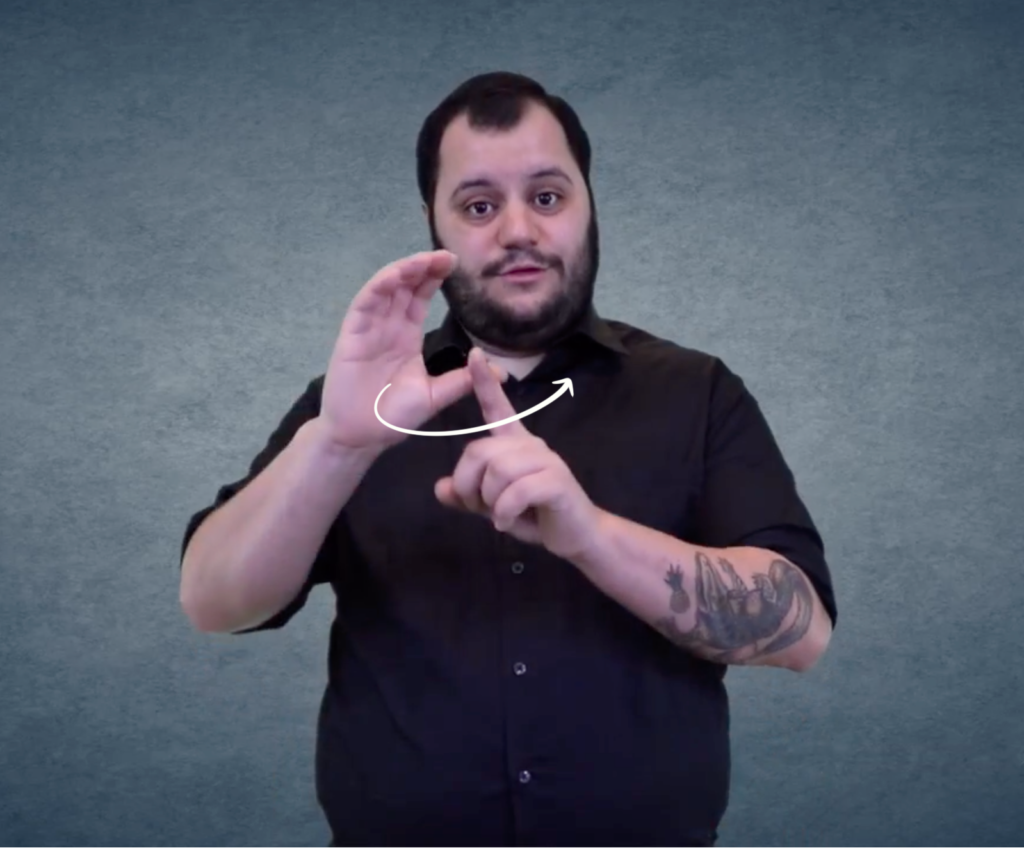AMERICAN SIGN LANGUAGE AND DEAF CULTURE BLOG
Cultural Appropriation vs Appreciation: What's the Difference?
We hear about it on TV, in movies, series, and on social media. But do we really understand what “cultural appropriation” means? How do we tell the difference between cultural appropriation vs appreciation?
In this article, we explain what cultural appropriation is, discuss the differences between cultural appropriation and cultural appreciation, and show examples of each within the context of Deaf culture.

What is Cultural Appropriation?
The term “cultural appropriation” was first coined in academic circles to discuss problems about colonialism and the relationship between minority and majority groups. It soon found its way to mainstream conversation.
Appropriation is the action of taking something from someone without permission and using it for one’s own purposes. Thus, cultural appropriation happens when members of a majority/dominant group take cultural elements from a minority/oppressed group in an exploitative way. Often, this action is also done in a stereotypical and disrespectful way.
Cultural elements that can be appropriated include clothing, food, art, language, and more.
Remember when back in 2007 all the hottest celebrities were sporting moccasins and mukluks? Cultural appropriation wasn’t as understood back then as it is today, so fashion magazines and shoe brands were jumping on this trend and promoted it for profit.
These fashion magazines and shoe brands were mainly owned by the dominant group in the US. The moccasins and mukluks they were selling are actually cultural elements taken from Indigenous groups, with none of the credit or profits going to them.
This is cultural appropriation.
What is the ASL sign for cultural appropriation?
Click on the videos below to see the two variations of the ASL sign for cultural appropriation. The first video includes a sign that is similar to STEAL. The second video includes a sign that is similar to EXPLOIT.
Cultural Appropriation vs Appreciation: What’s the Difference?
While discussing the term cultural appropriation, it’s important to explore the opposite: cultural appreciation.
Appreciation of culture comes in many forms: we might enjoy food and music from another country, or we might learn to communicate in another language, and so on. However, once we take something without authority or right, and start profiting from it, we’re engaging in cultural appropriation.
For instance, we might enjoy food from a minority group and that’s completely fine. However, the commercialization of such food is cultural appropriation. In the context of the US, we could say that cultural appropriation happens when white people (people from the dominant culture) start selling Asian or Mexican food.
As with many cultures around the world, Deaf culture and the use of sign language aren’t spared from cultural appropriation.
American Sign Language and Cultural Appropriation vs Appreciation

For a large part of the world’s history, Deaf people and sign language were oppressed and marginalized. Today, sign language, including American Sign Language, is seen as “trendy” and becoming more and more accepted thanks to the work of Deaf activists and Deaf public figures.
However, some hearing people are taking advantage of this by using ASL for their own benefit, whether it’s in the form of profits or notoriety. These people aren’t part of the oppressed group of Deaf people, so they don’t experience the oppression or discrimination that comes with using sign language.
They reap all the benefits and none of the oppression.
Learning ASL and using it to communicate with Deaf people is cultural appreciation. Teaching others ASL for profit or fame, when one isn’t even Deaf, is cultural appropriation.
Unfortunately, there are many examples of cultural appropriation in regards to ASL and sign language. There are hearing social media influencers teaching ASL, websites and apps that charge money for ASL lessons or videos that don’t include Deaf people, and clothing with sign language that are created and sold by hearing people with no involvement from the Deaf community.
It’s important to recognize the signs of cultural appropriation vs appreciation so you don’t unknowingly support those engaging in cultural appropriation.
One way is to always follow Deaf influencers and purchase from Deaf people when you are looking for ASL resources.
Examples of Cultural Appreciation of Sign Language and Deaf Culture
Here, we’re going to discuss how cultural appreciation should look in the context of Deaf culture and some do’s and don’ts you want to be aware of.
DO's
- When learning ASL, learn from Deaf people and make sure your money goes to the Deaf community.
- Follow Deaf influencers, learn from Deaf teachers, and purchase ASL products from Deaf creators.
- Share what you have learned about ASL and Deaf Culture by giving the spotlight to Deaf creators, writers, and teachers.
- Allow yourself to feel uncomfortable or awkward when learning from Deaf people. It’s okay to feel that way, you’re shifting your perspectives.
- Let Deaf people speak for themselves. They have the voice, history, and background and they should be the ones telling it.
DON'Ts
- Don’t profit from your knowledge. That includes teaching others, making arts or receiving grants, appropriating sign language into music, gaining attention or fame from sign language or such.
- Don’t use what you have learned about sign language to gain fame, followers, or praise from others.
- Don’t choose to follow or learn from hearing people who are engaging in cultural appropriation just because it’s easier or more convenient for you.
- Don’t brag about your knowledge of ASL to gain an advantage, such as during a job search for instance. Knowing sign language is a positive thing by itself, but you shouldn’t use it at other people’s expense.
- Don’t hearsplain. If you’re a hearing person learning ASL or you’re immersed in the Deaf culture, don’t explain the issues the Deaf community is facing, since you cannot fully comprehend how it really is.
Learn Sign Language from Deaf People
Now we can see how thin the line is between cultural appropriation and appreciation, and how the majority of issues and questionable actions come out of ignorance. Before immersing yourself in a new culture, make sure you educate yourself on it in a way that will help you show respect and appreciation.
A surefire way to ensure that you are engaging in cultural appreciation, not cultural appropriation, when you are learning sign language is to make an effort to learn it from Deaf people themselves.
One thing you could do in the name of cultural appreciation is to show your support for products and services developed by people of that culture or language. Take online ASL courses taught by Deaf teachers, purchase Deaf Culture books written by Deaf authors, and purchase ASL products by Deaf creators.

If you’re looking for an ASL dictionary created by Deaf experts, you’ve come to the right place. What’s the Sign? is a sign language dictionary that includes videos signed by Deaf people themselves who are also ASL teachers and/or fluent in ASL. Learn sign language online by starting your 3-day trial for What’s the Sign? today!
Disclosure: Some of the links above are affiliate links. This means that, at zero cost to you, What’s the Sign? will earn an affiliate commission if you click through the link and finalize a purchase. What’s the Sign? will donate profits to Nathie’s Foundation, a non-profit organization.

